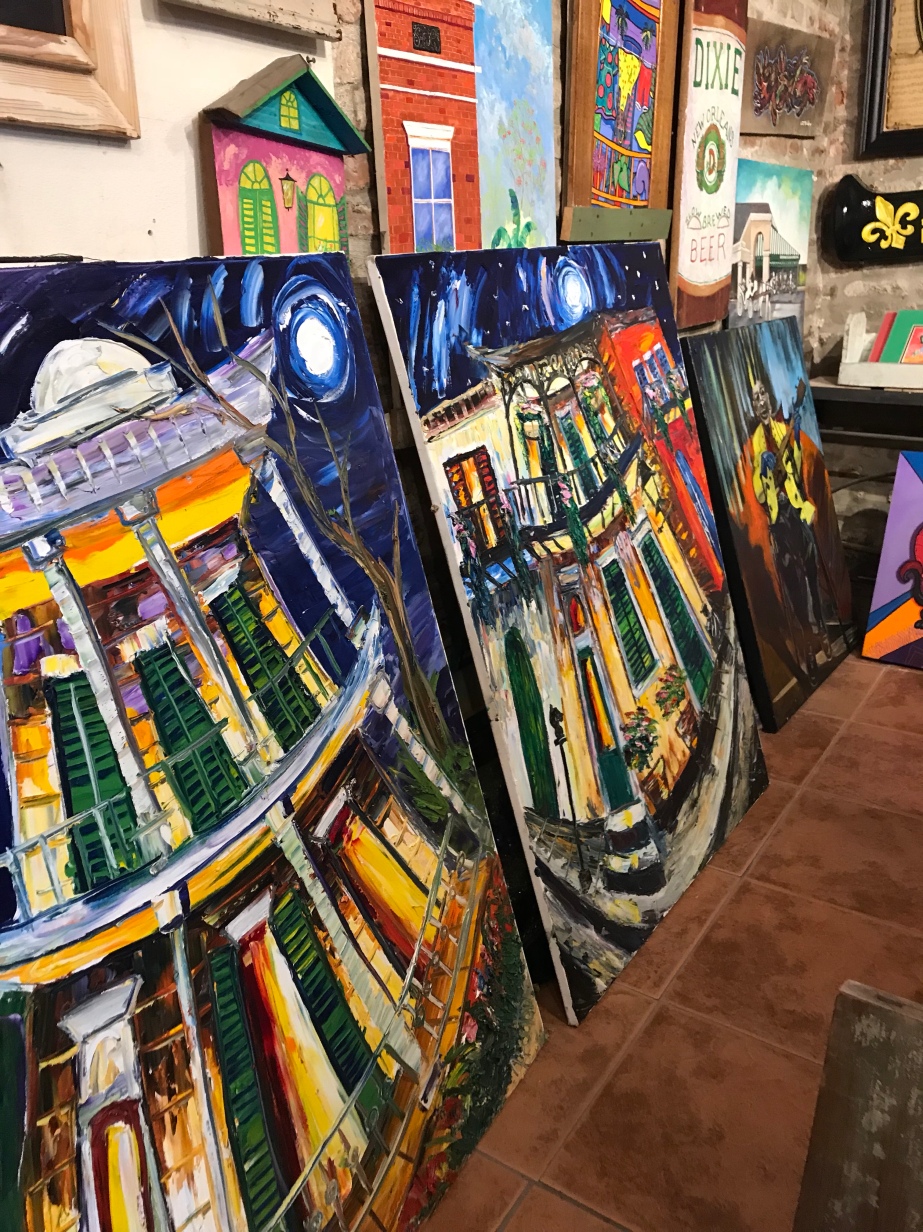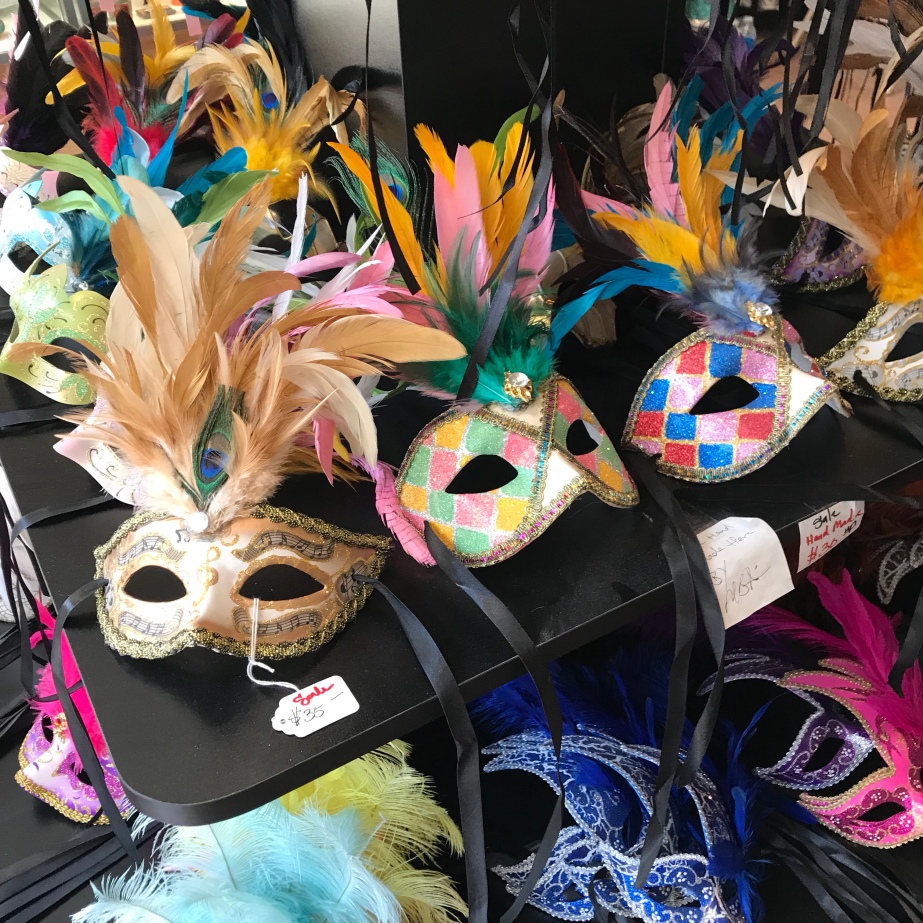A night in the home of the famous Mona Lisa, is nothing like the movie, although the beautiful artwork and sculptures that fill the rooms provide just as much excitement. The famous Mona Lisa is held alone, for viewers to awe in it’s beauty. The woman is held in a glass case nearly four times the size of the painting itself. Along with a wall of security.
Before the Louvre, the famous Mona Lisa was hung beside da Vinci’s bedside. Following the artist’s death in 1519, the king of France purchased the painting from an assistant. The painting spent centuries being shuttled throughout may different royal palaces, spending time at Fontainebleau and Versailles. After the fall of the monarchy, the work of art found a more permanent home during the establishment of the Louvre becoming a public museum. The painting’s home has been the Louvre since it’s formation, although it had been removed periodically.
Napoleon Bonaparte had the painting removed from the museum to be hung on his bedroom wall, when he came to power in 1804.
During the Franco-Prussian War and World War II, the painting was taken to safety in a secret location.
In 1911, she was stolen right off the walls of the museum by an Italian criminal.
After its return once being found in December of 1913, Mona Lisa was then put in a concealed case where improved security measures would ensure protection.
50 years after 1913, the First Lady Jacqueline Kennedy convinced officials of France to allow the painting to roam and tour museums in New York and Washington D.C for immensely popular events.
The museum holds so much more than just the Mona Lisa, although that is the main attraction. You cannot go to Paris without going to the Louvre. It’s a sort of obligation to many of the people who work there. Not going to the Louvre when you’re in Paris is like not seeing the Eiffel Tower. Museums need more people, more people need to discover the beauty and pleasure in admiring artwork. Works of art are not easy to understand, and many people lose knowledge of it’s importance without art education in schools.

2015: The Louvre, Rue de Rivoli, 75001 Paris, France *iPhone 5 Camera

2015: The Louvre, Rue de Rivoli, 75001 Paris, France *FugiFilm

2015: The Louvre, Rue de Rivoli, 75001 Paris, France *FugiFilm














